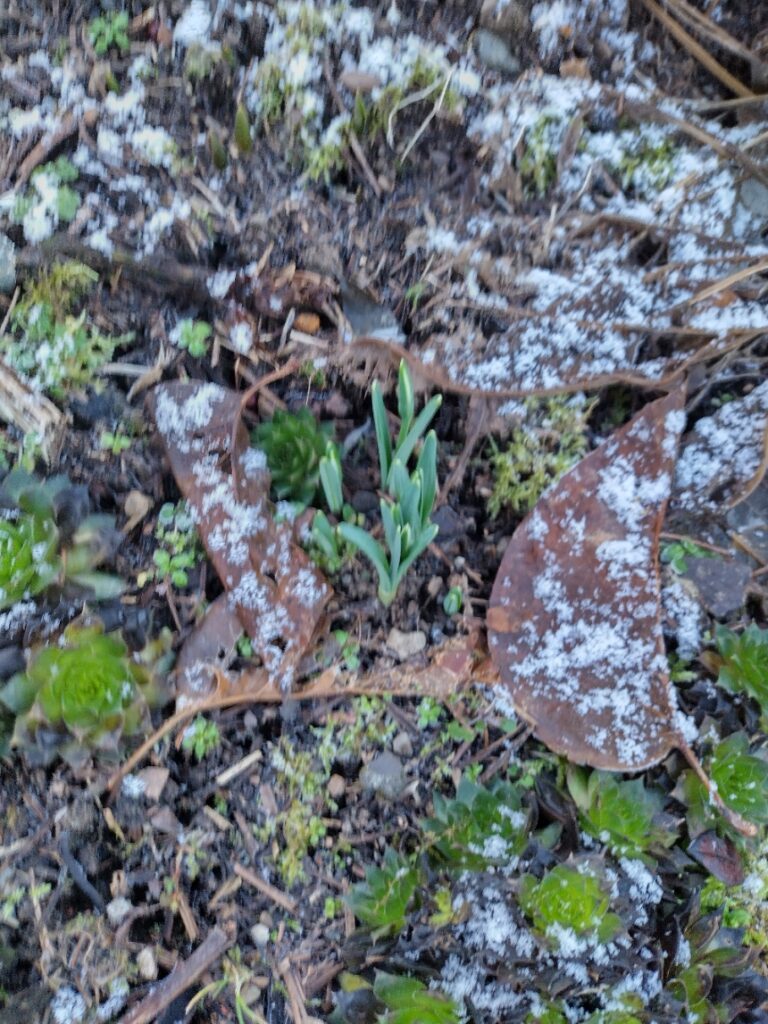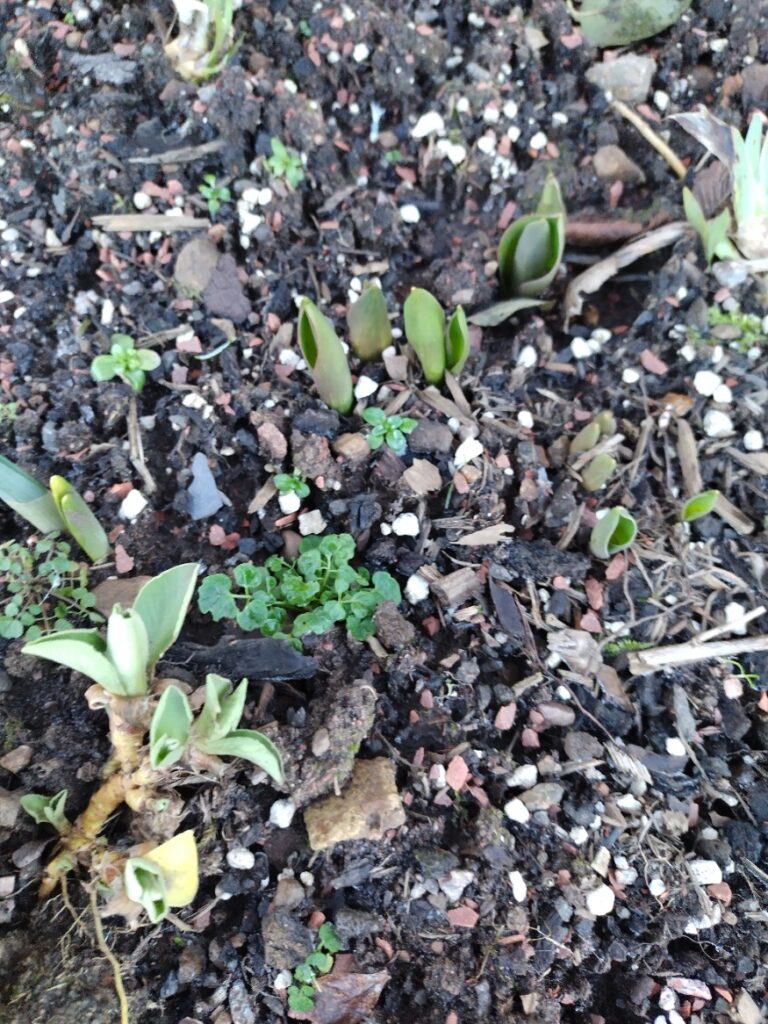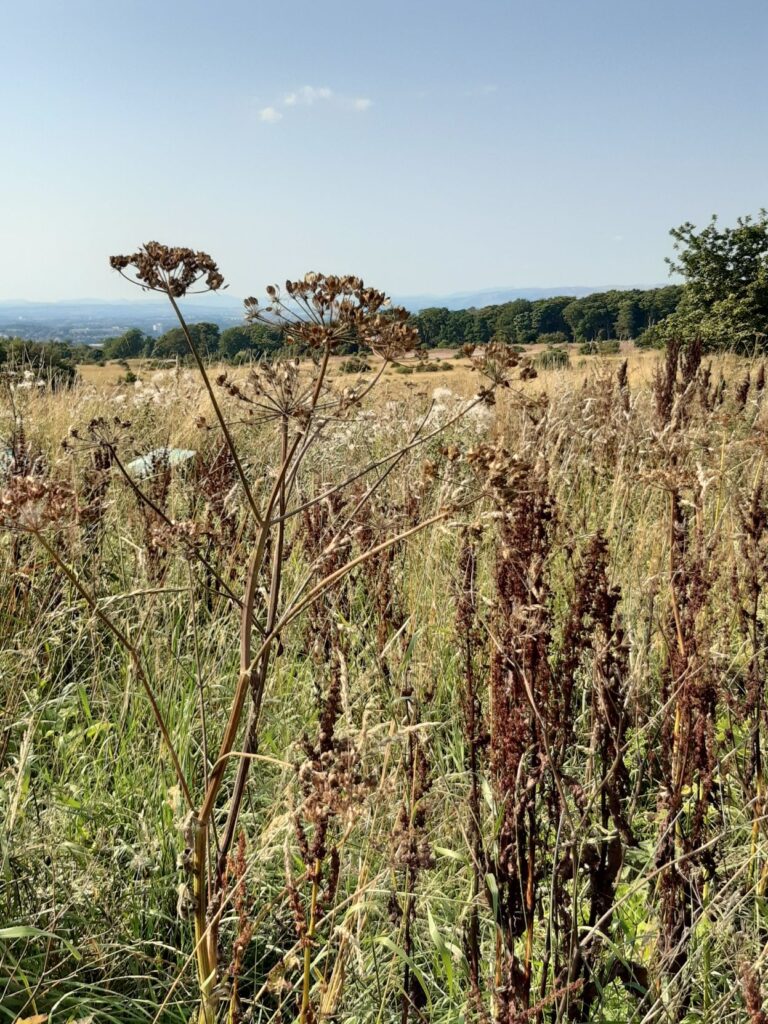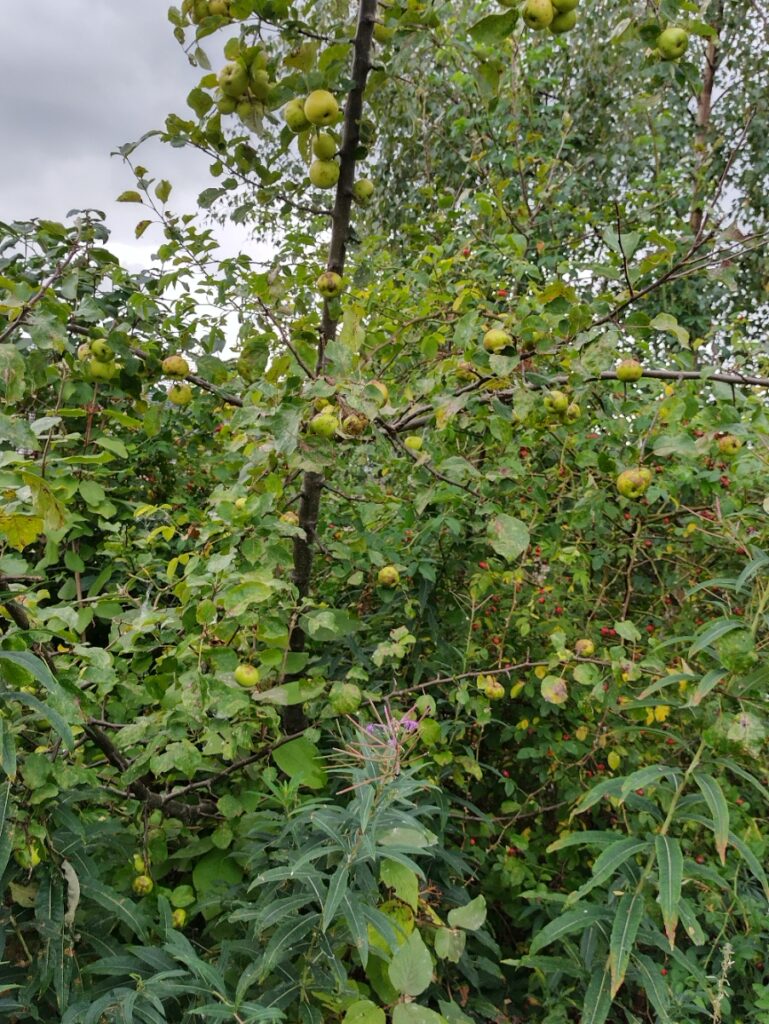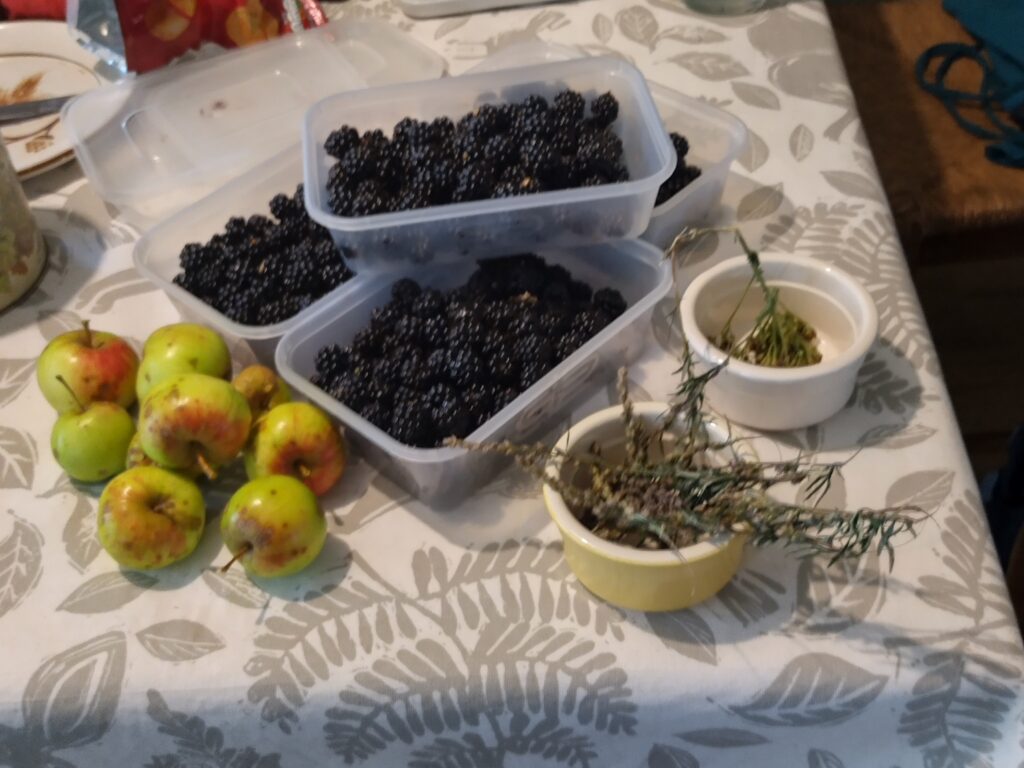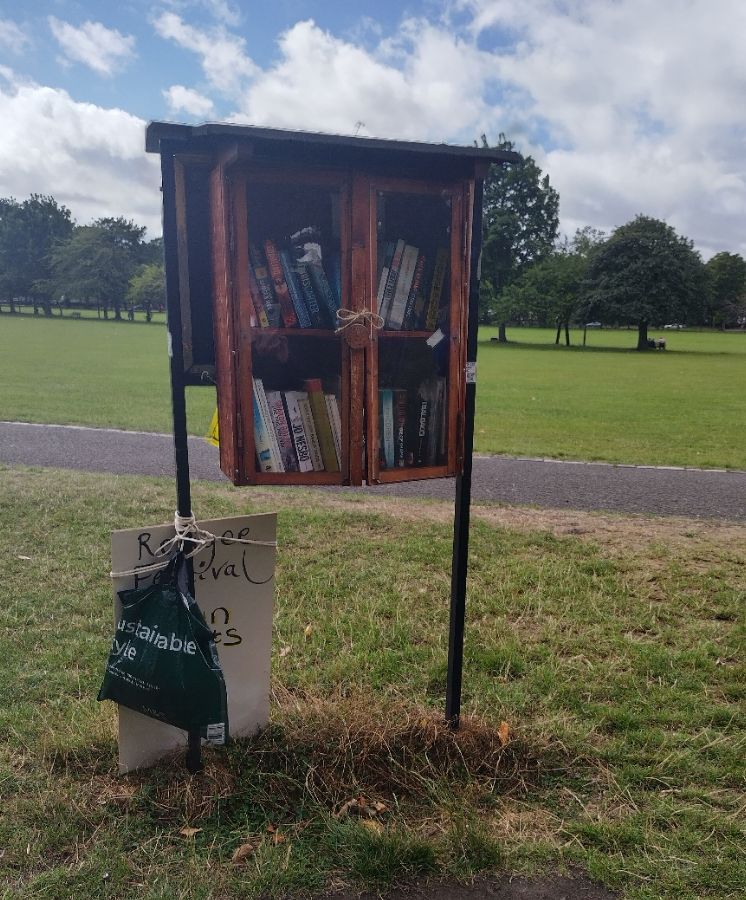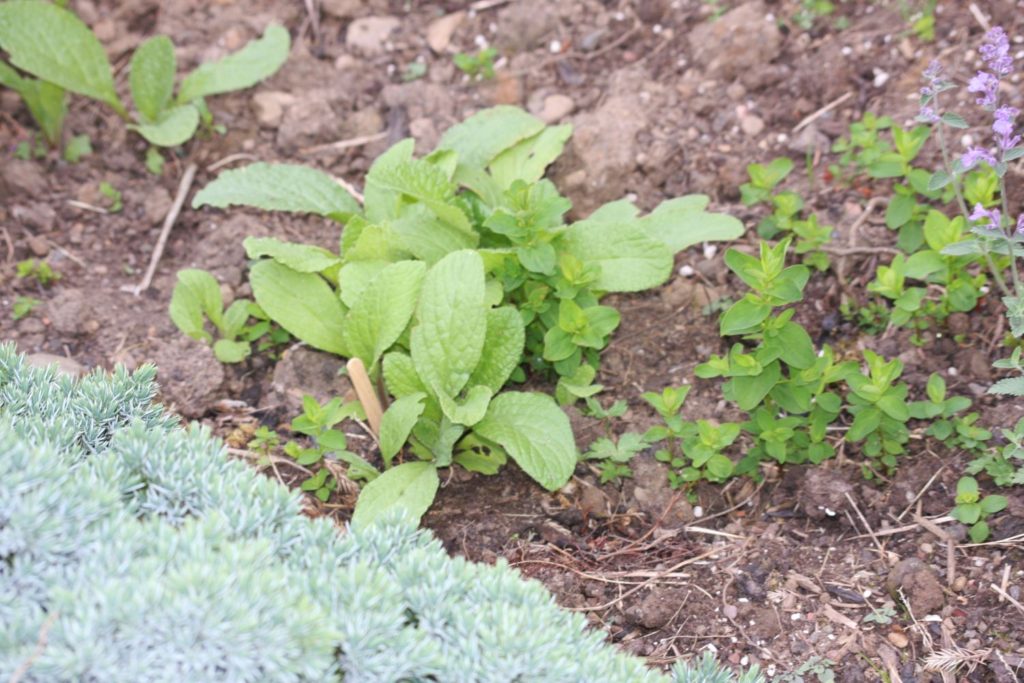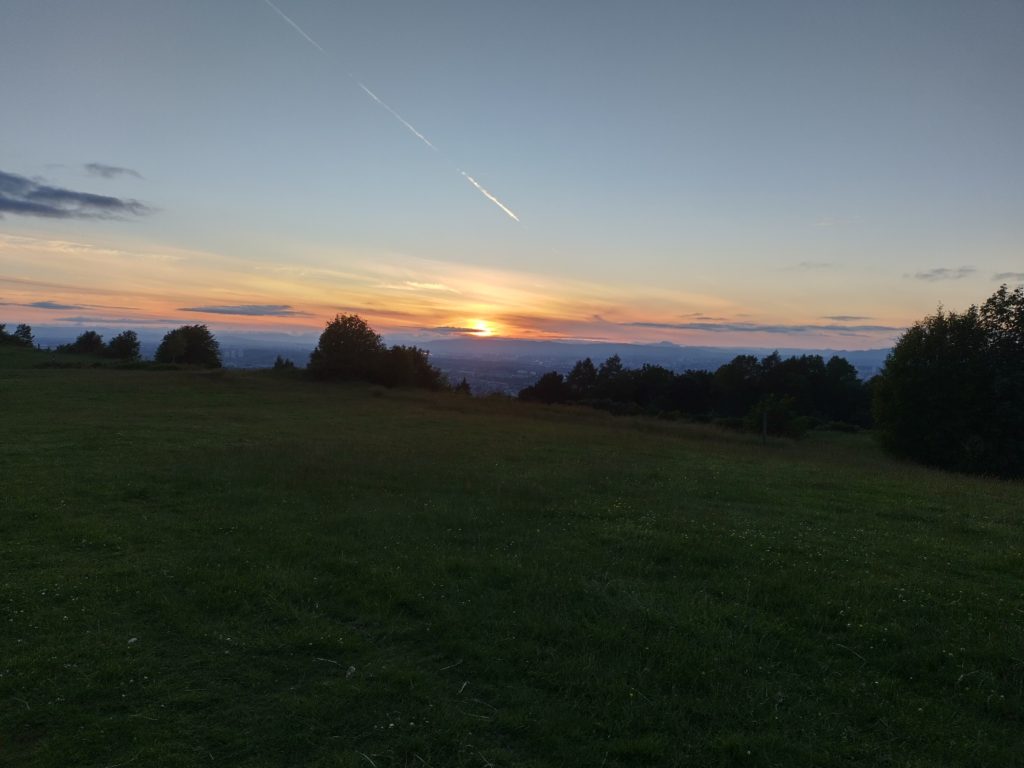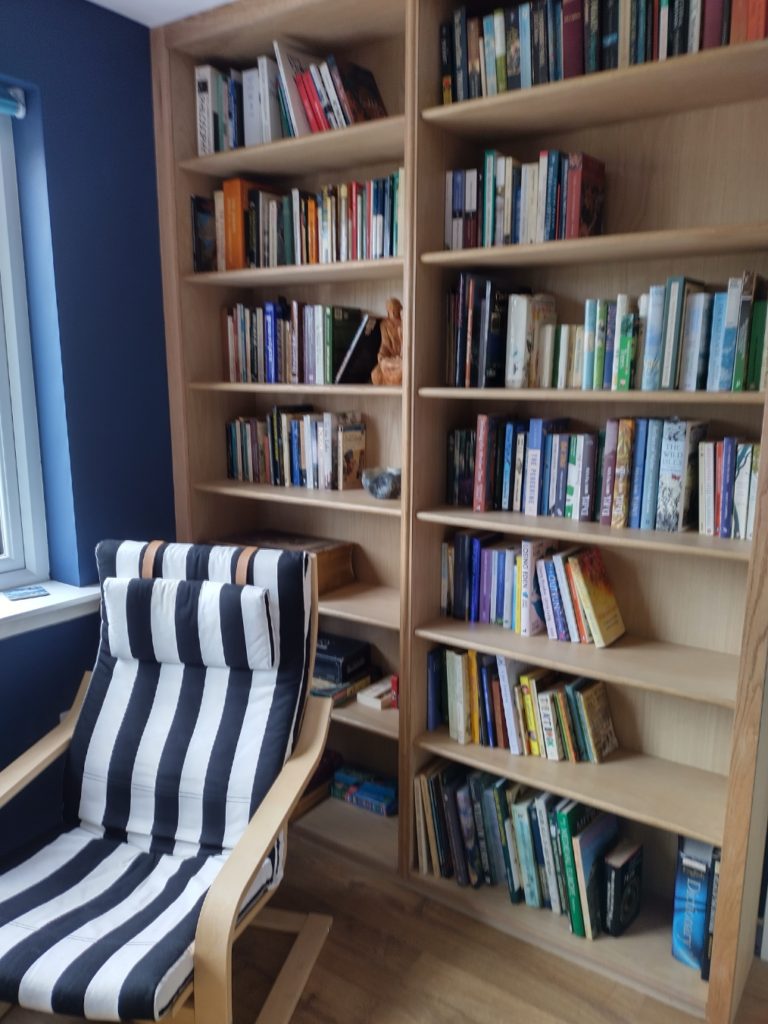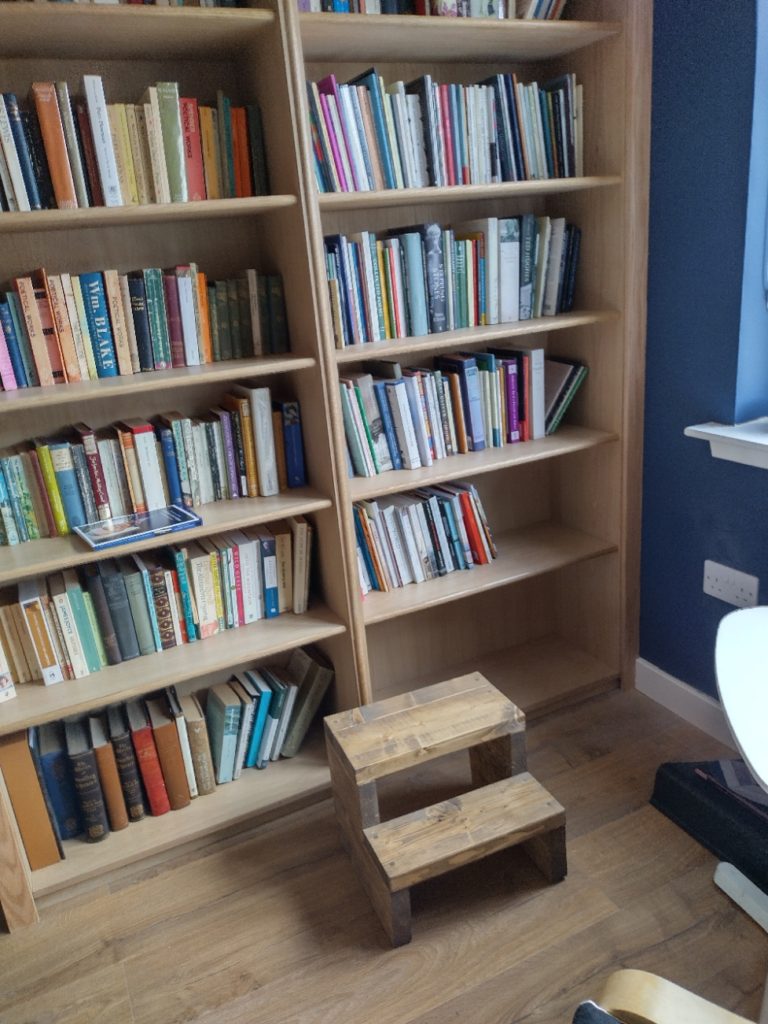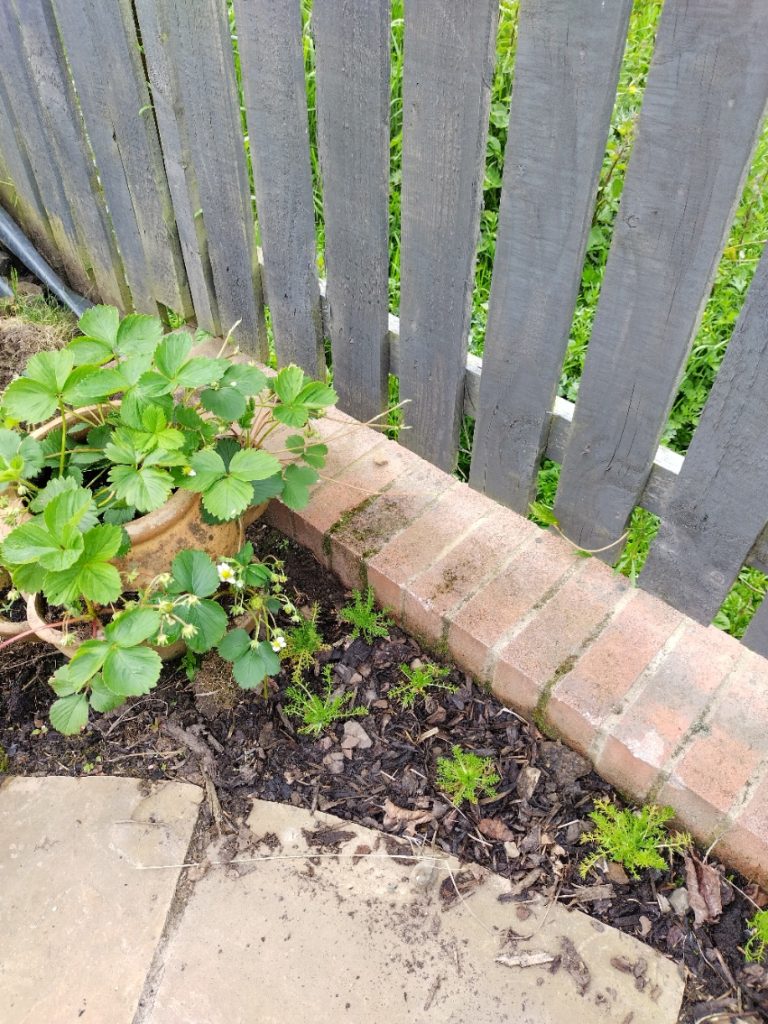While I’ve been doing the research for the revised version of The Charm of Nine Herbs, I’ve been coming across some interesting anomalies. Sometimes it seems as if academics and enthusiasts are talking about medicine as if it was one practice, when it appears that in the past there were two entirely separate philosophies about health and healing. This comes up when we read about the ‘wise woman’ theory about the persecution of witches, or the role of the church in medicine, or the very muddled attitudes of scholars to the medical practices of the past.
The first I’ve called ‘good country doctoring’. The phrase came up in a biography of the Cistercian monk Thomas Merton, who lived in Kentucky from 1941 until his death in 1968. He had a complicated medical history, made more complicated by the prejudice of the monastery (which Merton mostly endorsed) against expensive specialist medical services, relying instead on the local practitioners. This is the traditional nursing care we all practice and take for granted – paracetamol for a headache or a high temperature, Vick rubbed on the chest for a cough, dock leaves on a nettle sting and so on. Before the rise of professional doctors, this was all most people had, and they would rely on the knowledge and expertise (which could be extensive) of family and neighbours to provide what was needed. Stitching up wounds, complicated surgery or delivering babies might have needed more, but was still often dealt with in the community. Knowledge was traditional and adapted to the locality and the lifestyle of patients, and probably every woman and most men knew enough to get by. Some would clearly have been better than others – more patient, more observant, more interested perhaps, and though some might have a local reputation for being good nurses or midwives, there were very little reliance on professionals at this level. A lot of the ‘wise woman’ traditional herbal knowledge is of this sort, and is now covered by the study of ethnobotany.
The second part is really where the text books start. For the most part, sick people who were carefully nursed, then as now, either got well or died, but when there would be something new, or complicated or more critical than average, you had to deal with specialists. These might be either learned people ‘doctors’ or people with a particular gift, whom I am going to call ‘healers’ because I want to avoid getting into discussions about witches and shamans and things which are more precise than I want to be.
Learned people had access to books and authorities like Galen, or medical schools like the one at Salerno. In the early Middle Ages these were mostly in monasteries, and monks would share their learning as part of their duties of hospitality to strangers and care for the poor. One consequence of this was that monks were constantly being distracted from the monastic life by the demands of wealthy patrons, and St Bernard of Clairvaux in particular was very clear that this should not happen. Stephen Pollington asserts in his book Leechcraft that he forbade them to engage in medicine at all, but this is not the case. As well as the detriment to the life of the monastery, Bernard was concerned that his monks should not have a more privileged life than the poor communities around them. Some of the remedies recommended by these authorities were exotic and expensive, and Bernard says that monks should restrict their treatments to ‘green herbs such as the poor have’.
Dorothy Hartley in Food in England writes of a priest dealing with ‘diabolic posession’ by diagnosing ‘self neglect, starvation and feebleness’, and recommending good food, rest and a hot night-time drink. She says ‘ One does notice that the simpler the household, the simpler the medical usage. It is in later more complicated communities that we get the fantastically complicated remedies; and the more wealthy the patient, the more likely he is to die of his expensive treatment.‘ (p230).
I have written in my essay By the Book (you can find a link to it on the non-fiction page) about later developments in knowledge of herbs and understanding of medicine, but this two tier treatment survived into the Victorian age. In Jane Eyre Jane is treated by an ‘apothecary’ while the Reeds consult a ‘surgeon’. And it still survives in the USA, where people who cannot afford the usual medical bills may turn to herbalists whose remedies are cheaper.
But the ‘magical’ or spiritual element of healing hasn’t gone away either. In a fascinating book called Ireland’s Hidden Medicine by Rosarie Kingston, the Irish tradition of the person ‘with a cure’ is discussed. It’s quite a specific thing, a gift, and it isn’t usually rewarded with money. Other cultures have more developed traditions of rituals or magical powers. These cures aren’t something you can learn, and they often imply contact with ‘powers’ or supernatural agencies. Healers can appear within religious traditions and be accepted by them, or alongside them and be mistrusted. There may be an overlap between the herbal nursing knowledge and magical practice, depending on the culture, or the two processes might be quite separate, even antagonistic.
My problem, disentangling the academic from the practical in my understanding of The Charm of Nine Herbs, is to decide what sort of healing we are looking at. Clearly, the eclectic mix of references to Woden and quotations from the Bible implies that the compiler of the document thought he was writing medical notes rather than theology. He was gathering up anything he thought might be useful, regardless of its source. But he has a much wider understanding of the healing process than we have and that is an interesting thought.
I am also interested in applying the difference between the ‘learned’ and the ‘gifted’ to poetry, and seeing how this wider understanding of ‘healing’ can work there too.
